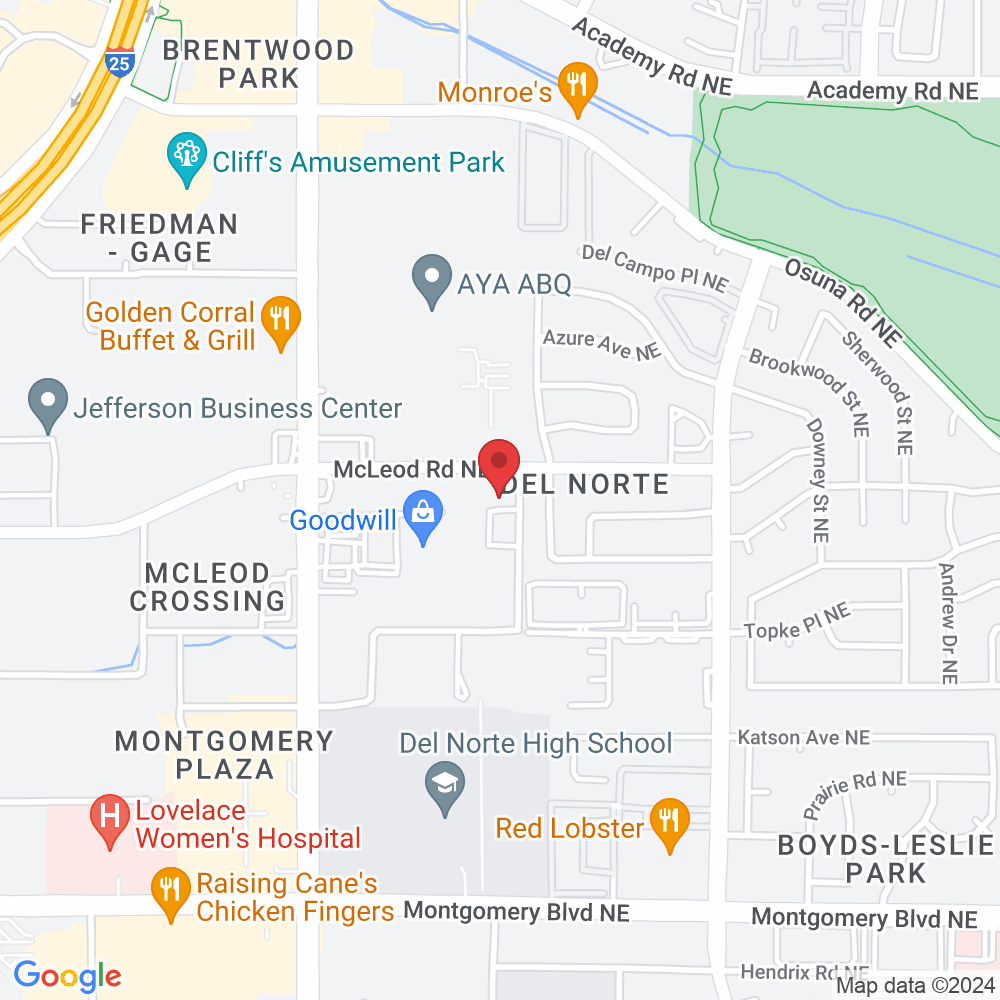WHAT IS NAPRAPATHY?
A system or method of treating disease that employs no medications but uses manipulation of muscles, joints, ligaments, etc. to stimulate the natural healing process.
Pain Relief
LET'S LEARN MORE ABOUT NAPRAPTHY...
If you struggle with aches and pains that refuse to go away, you just might find relief from a long-practiced but relatively obscure alternative therapy called naprapathy.
Naprapathic medicine treats connective-tissue pain by using hands-on manipulation, nutritional counseling and, sometimes, therapeutic “modalities,” such as heat, ultrasound, or cold laser therapy. Connective tissue, which includes ligaments, tendons and muscle, is the material inside the body that supports many of its parts.
Connective tissue supports the spinal column and all joints and articulations of the body. Connective Tissue Disorders are characterized by abnormal rigid and/or contracted (strained) ligaments, tendons and muscles. These disorders interfere with nerve conduction and the circulation of blood and lymph. This can result in pain and inflammation to the affected area of the body.
Causes of connective tissue disorders can include traumatic injury (car accidents, sports injuries, falls, etc.), RMS (repetitive motion syndrome, such as work-related computer or machine use), heavy lifting and improper posture.
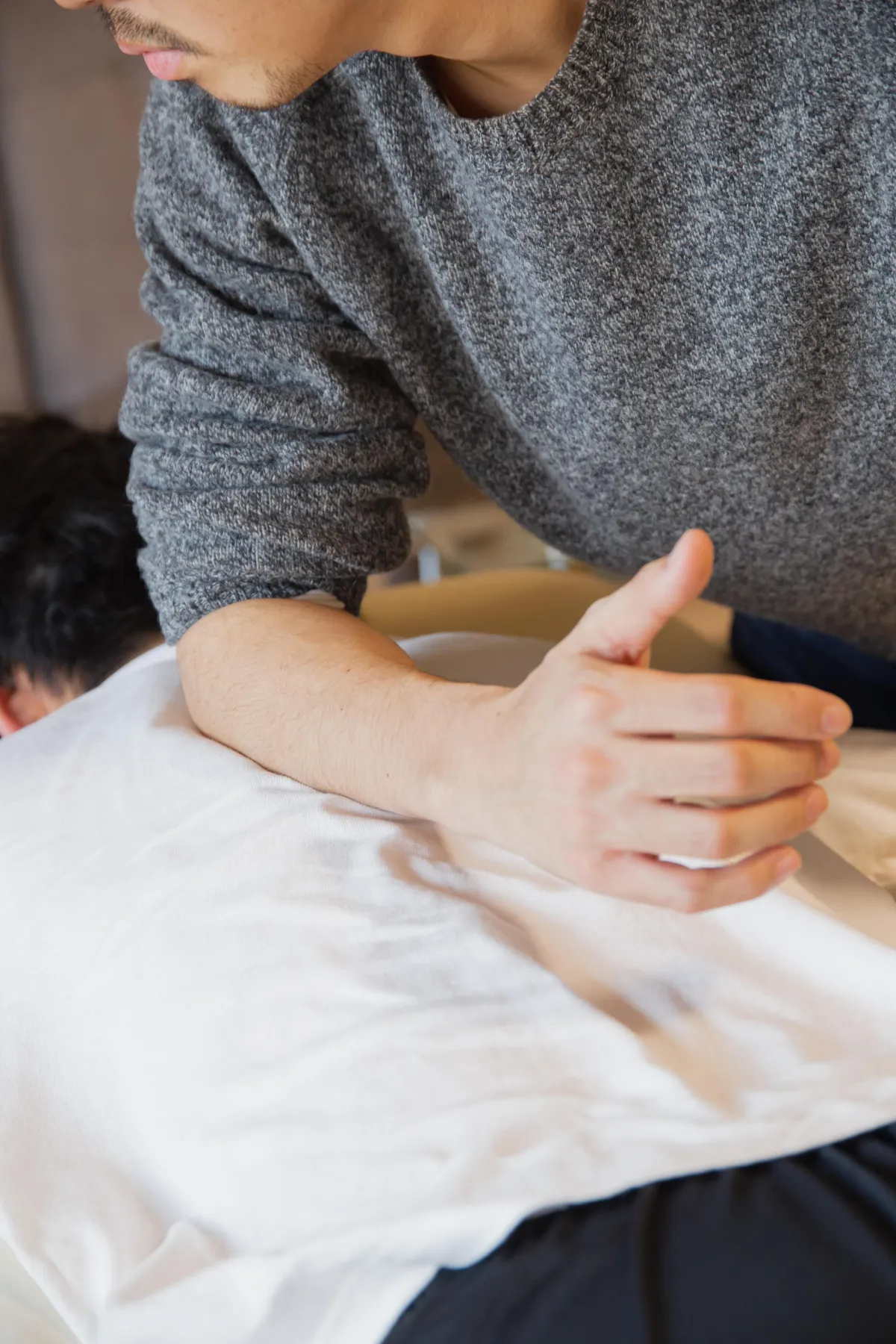
WHAT CONDITIONS CAN NAPRAPATHY TREAT?
ALLERGIES
LOW BACK MID BACK PAIN
SCIATICA
NECK PAIN
MIGRAINES / STRUCTURAL HEADACHES
HERNIATED DISC
DISC PROTRUSIONS
CARPAL TUNNEL
TENNIS ELBOW
SHOULDER PAIN
SPASMS
HIP PAIN
ROTATOR CUFF INJURIES
CONDITIONS OF THE KNEE
CONDITIONS OF THE ANKLE
WHIPLASH
TMJD
CHRONIC FATIGUE SYNDROME
PLANTAR FASCIITIS
SPRAINS/STRAINS
FIBROMYALGIA
ARTHRITIC CONDITIONS
PAIN MANAGEMENT
STRESS MANAGEMENT\
PERSONAL INJURIES
AND MORE.
OUR THREE STEP STRATEGY
Doctors of Naprapathic Medicine are pain relief specialists and use a three-fold strategy in the treatment of connective tissue disorders.
1. Manual Medicine. Hands-on (gentle) connective tissue manipulation (CTM) to the spine, joints and articulations of the body.
2. Nutritional Counseling. Recommendations for dietary changes, food supplementation (as through the use of herbs, vitamins and minerals) to assist the body in achieving optimal health.
3. Therapeutic and Rehabilitative Exercise. Along with postural counseling, therapeutic and rehabilitative exercise can be used to strengthen tissues, increase blood flow, and improve posture, contributing to healing and pain relief.
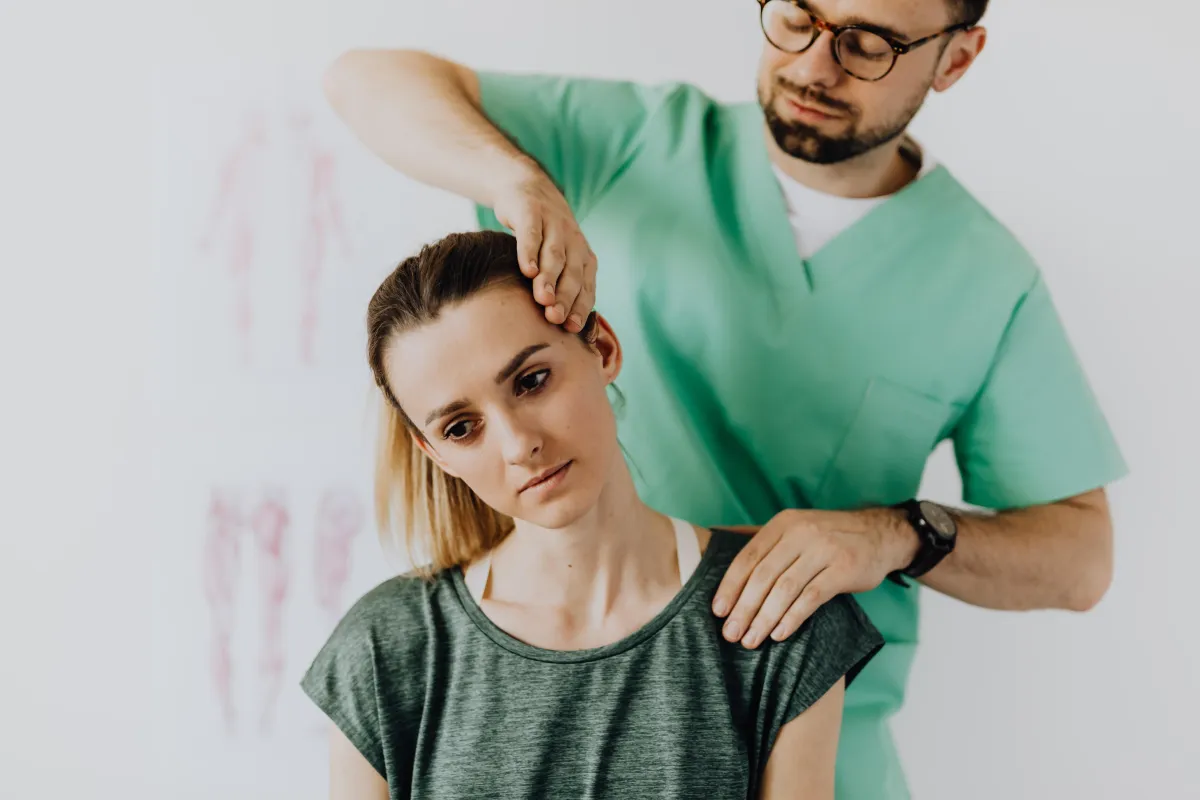
WHAT TO EXPECT AS A PATIENT
You can expect a comprehensive, customized plan that meets your particular needs and specific circumstances.
Our Team will discuss your history of injury and pain, as well as current and previous treatments.
Next, they will examine your posture, test the function of your muscles, and evaluate their strength. They will use this information to set goals and design the best treatment plan for you.
In addition to hands-on therapy, your plan/sessions might include various supportive modalities. For example,
Your plan might also include dietary choices and supplements that help the body recuperate and heal itself.
Outside the office visits, you can expect the process of healing to continue. For example, our Team can discuss and demonstrate specific stretches or exercises that can accelerate and maintain the progress you have made in therapy.

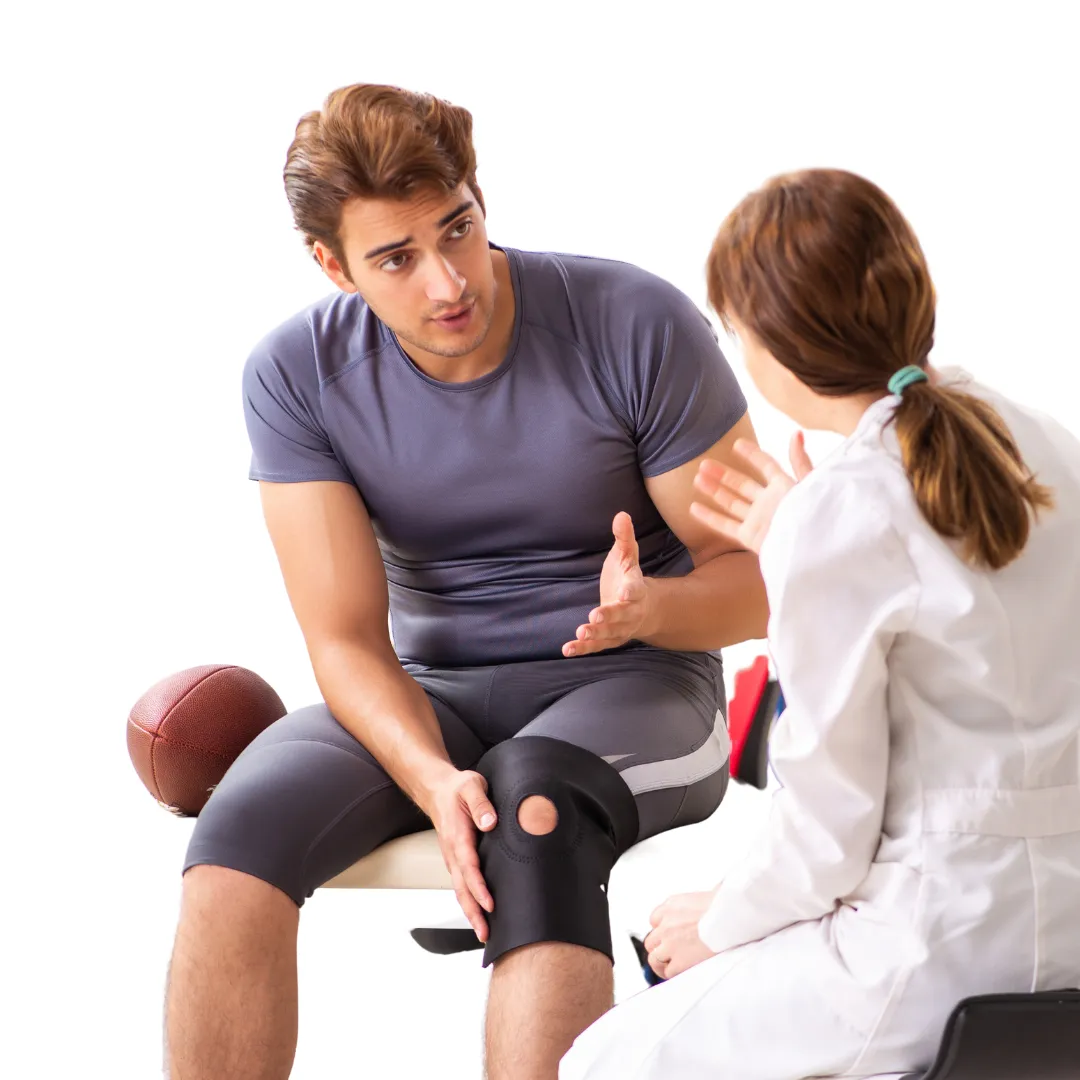
F.A.Q.s
Is Naprapathy for you?
Naprapathy is suitable for individuals who experience imbalances and dysfunctions in muscular use patterns, posture, tension, headaches, stress, and muscular pain due to prolonged sitting or standing, sedentary lifestyles, motor vehicle injuries, work-related injuries, pre- and post-surgical cases, or sports injuries. Our treatments are beneficial for busy professionals looking to reduce pain and prioritize self-care, sedentary individuals seeking guidance in becoming more active, and highly active individuals such as athletes who require treatment for sports injuries or muscle imbalances. Naprapathy provides a conservative approach to improve well-being, making it an ideal choice before considering pharmaceuticals or surgical interventions.
What is a Doctor of Naprapathy?
The term naprapathy originates from the Czech word "napravit" meaning "to correct" and the Greek word "pathos" meaning "suffering." This combination reflects its purpose of addressing the root cause of pain, making it an apt description of the practice. While there are similarities between naprapathy, physiotherapy, and chiropractic therapy, the central focus of naprapathy lies in manual therapy. Naprapaths are regulated professionals subject to supervision by the Medical Board.
Why Choose Naprapathy?
The goal of naprapathic treatments is to correct postural dysfunctions, decrease pain without the use of pharmaceuticals, re-educate the muscles on appropriate firing patterns, and loosen adhesions or tight musculature. Patient education is provided linking exercise and nutrition to prevent future injuries and pain syndromes. It is ideal for those seeking treatment more structural than massage and less intense than a chiropractic adjustment.
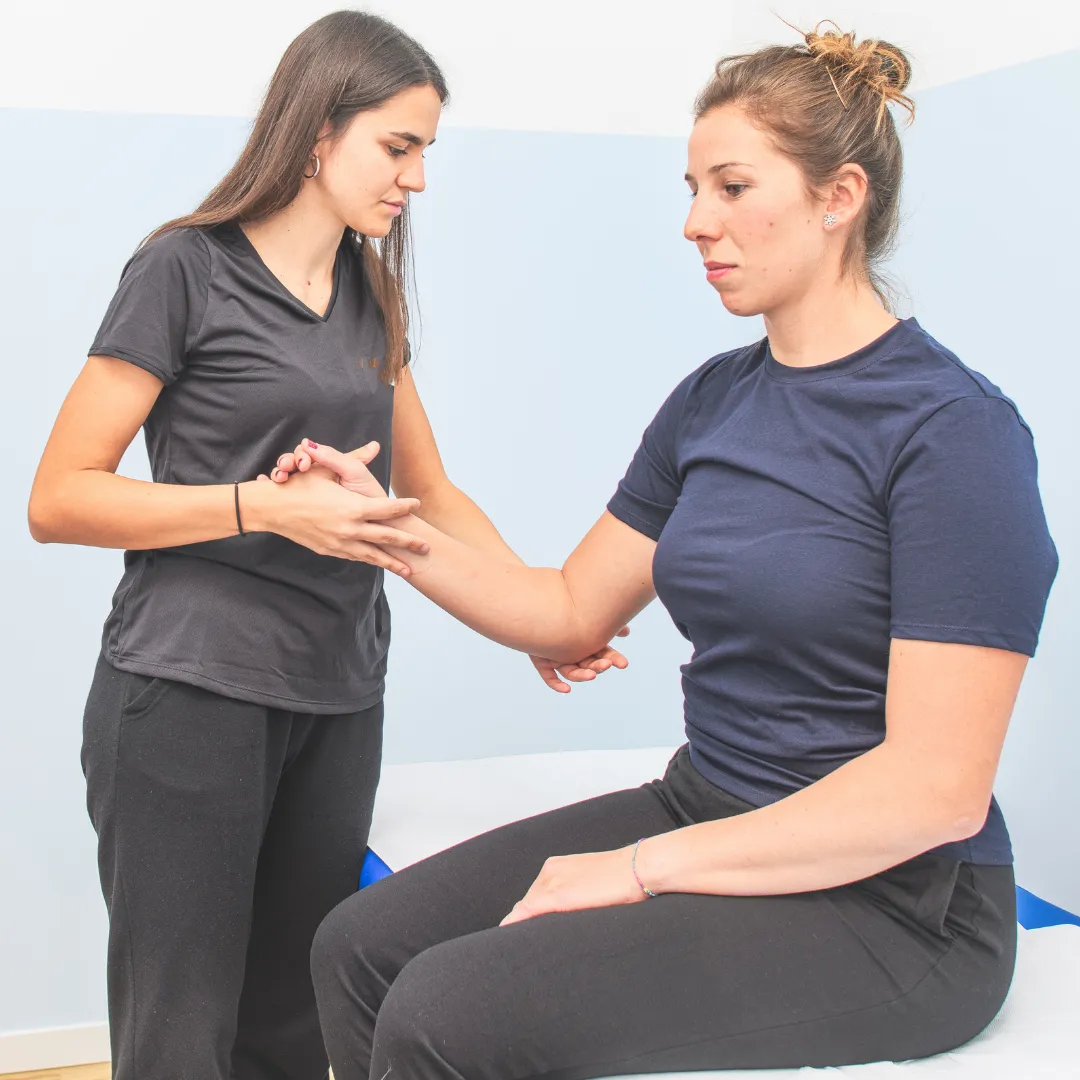
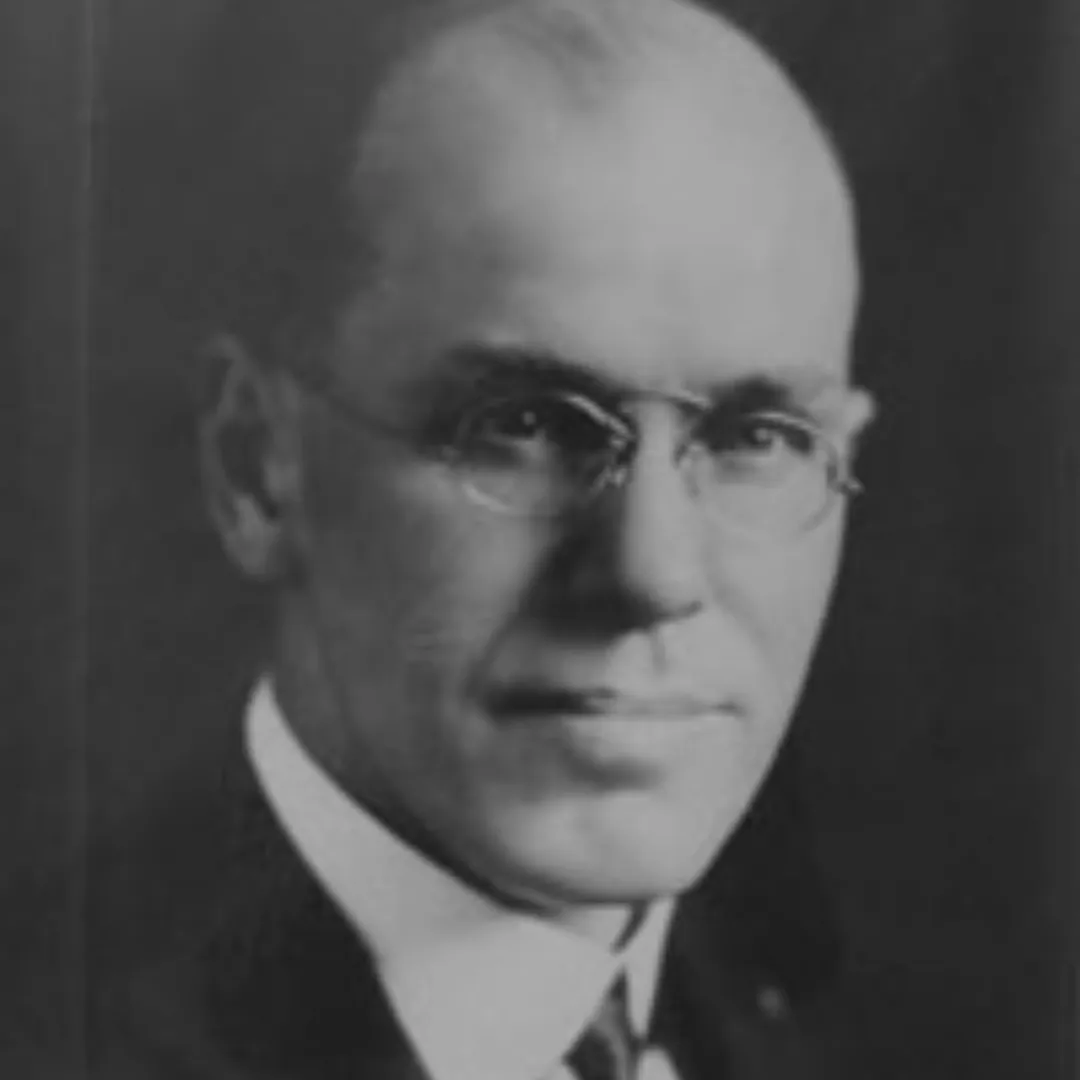
Common Conditions Treated by Naprapthy:
Musculoskeletal Conditions
Headaches & migraines
Decreased range of motion
Sciatica
Neck and back pain
Shoulder pain
Post-surgical recovery
Carpal tunnel
IT band syndrome
Overuse syndrome
Tennis/golfers elbow
TMJ
Muscle and joint pain
Sprains, strains, spasms, and sports injuries
Scoliosis
Achilles tendinitis
Aches and pains related to Menopause
Weigh loss
Whiplash
Neuropathy
Founder and History of Naprapathy
Dr. Oakley Smith, the pioneer of Naprapathy, was born on January 19th, 1880, on a farm in West Branch, Iowa. As a child, he suffered from scarlet fever, which left him weak and frail for 16 years. In search of a solution, his parents took him to various doctors and tried different medications and treatments, including visits to osteopaths and chiropractors. Determined to find a cure, Dr. Smith embarked on a journey of self-discovery.
Dr. Smith's journey led him to study under Dr. Daniel David Palmer, the founder of modern Chiropractic. Building upon Palmer's concepts of vertebral subluxation, Dr. Smith developed his own theories focusing on the healing and repair of connective tissue. At the age of 19, he enrolled as a special student at the Medical School, University of Iowa, where he studied anatomy, physiology, and witnessed numerous surgical operations. During this time, Dr. Smith collaborated with his brother, Horton, an engineering student, who provided manual manipulation treatments based on Oakley's guidance and feedback. These treatments proved transformative, restoring Oakley's vitality and curing his ailments. In
In 1901, Dr. Smith left medical school and relocated to Chicago, Illinois. He began treating patients for free and soon gained a following of individuals eager to learn from him. This led to the establishment of the "Chicago College of Naprapathy." Dr. Smith invented "Chartology," a method of recording the sensations felt during examinations and treatments, revolutionizing the science of manual diagnosis and treatment.
On November 16th, 1905, through extensive anatomical research, Dr. Smith made a groundbreaking discovery. He found that damaged or overused fibrous connective tissues, such as ligaments, tendons, and muscles, could lead to a rigid, scar-like condition that affected nearby nerves. This marked the beginning of Naprapathy and the development of the "Ligatite" technique.
In 1907, Dr. Smith founded the science of Naprapathy, inspired by his travels and exposure to various healing practices. During his journey, he encountered the Bohemian healing practice known as the "Napravit Thrust." Observing the technique of "Napravit me," where gentle pushes along the spine were used to relax and loosen the body, Dr. Smith drew inspiration for the name "Naprapath."
Combining the Bohemian word "napravit," meaning "to correct or fix," with the Greek word "pathos," meaning "suffering or pain," Dr. Smith coined the term "naprapathy" to represent the correction of suffering and pain. His invention of Naprapathy and dedication to advancing the field solidified his legacy as a visionary in manual therapy.
Will I receive a treatment on my first visit?
Yes, you will be treated on your first visit following a comprehensive exam. If you have had X-Rays, a CT scan or MRI, please bring a copy of the report(s).
How will I feel following a treatment?
You will most likely feel relief on your first visit. You may feel some soreness for up to two days following a treatment. This is normal. However, not everyone feels sore after a treatment.
What should I wear to a treatment?
Loose, comfortable clothing such as for exercise is preferable. Denim and restrictive clothing are not recommended.
How many treatments do I need to have?
The number of treatments needed is dependent on your physical complaint(s). Many patients only require 2-3 treatments while others require ongoing care for a period of time consisting of weekly or bi-weekly treatments.
Do you prescribe drugs for pain or other health issues?
A Naprapath does not prescribe pharmaceuticals but does recommend natural remedies and supplements that promote health, relieve pain, and promote healthy weight loss. In addition, I work with each patient to develop a series of therapeutic exercises and stretches tailored specifically to your condition.
How much does it cost?
The first appointment starts at $160 including tax depending on services rendered and lasts up to 90 minutes. Follow-up appointments are $120 including tax and last up to 60 minutes, or $72 for 30 minutes.
Do I need to make an appointment?
Yes. You can request an appointment by calling 505-550-8322.
Do you take Insurance?
No, we do not take insurance. However, you can submit the visits to your insurance and may get reimbursed for some or most of your visit.
Do you take Medicare or Medicaid?
No. Medicare and Medicaid do not cover Naprapathy.
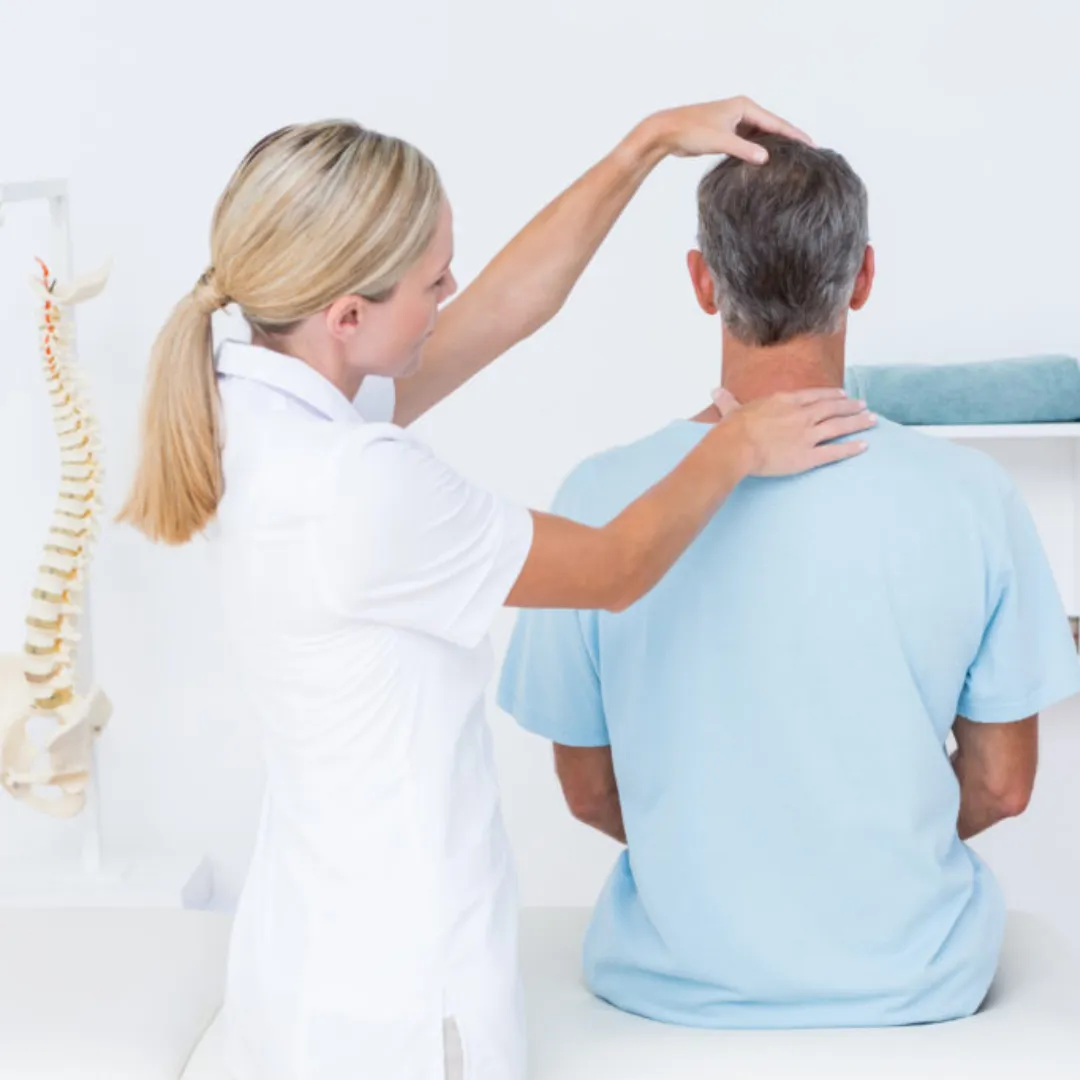

GO TO OUR SERVICES
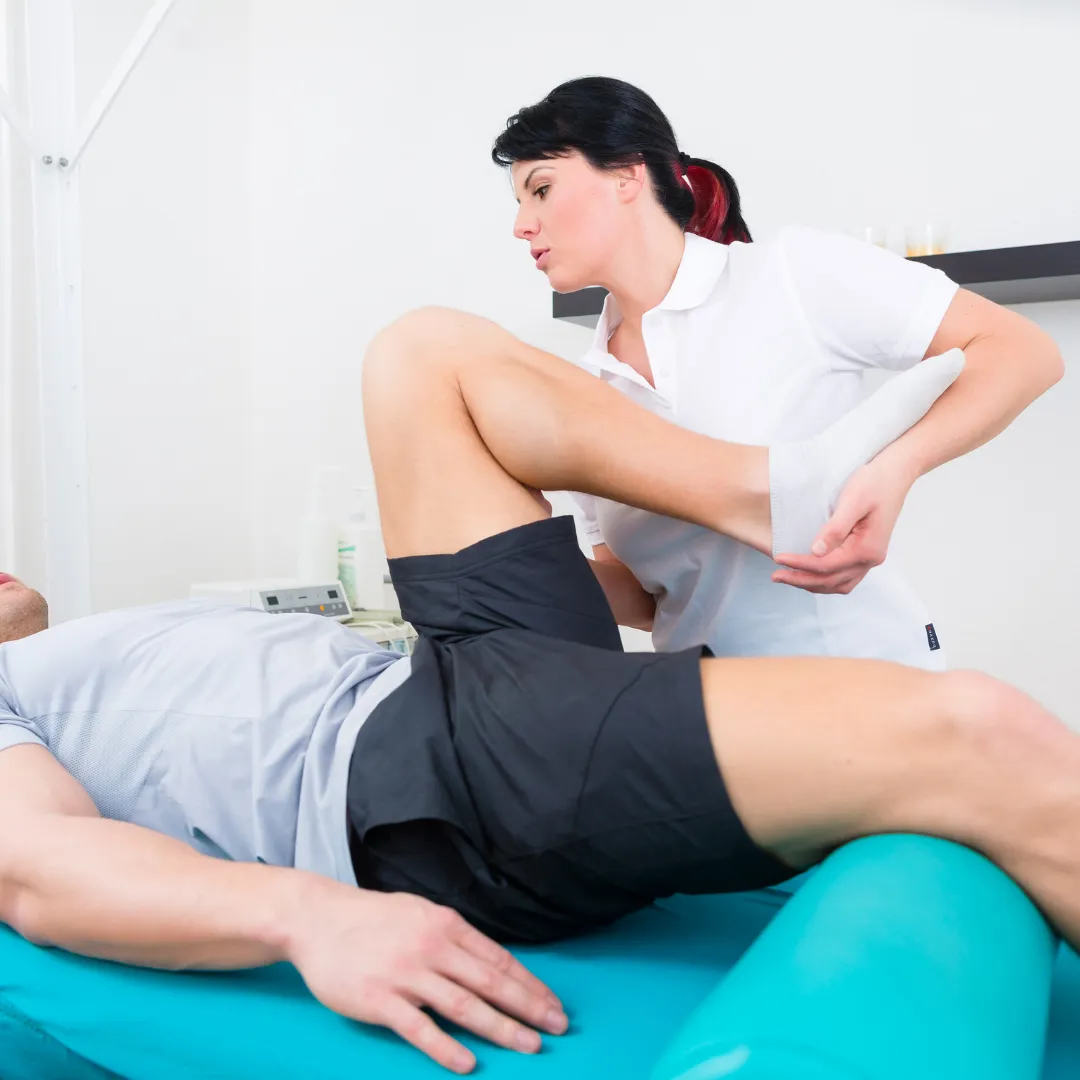
Naprapathy (Pain Relief)
Unlock the potential of Naprapathy, a holistic therapy that targets the root causes of discomfort and promotes natural healing. Explore our dedicated Naprapathy page to discover how this hands-on approach can restore balance, alleviate pain, and improve your overall well-being.

Alternative Allergy Therapeutics
Uncover the power of a precision-based therapy that focuses on relieving symptoms associated with allergies and sensitivities, helping you reclaim control over your well-being.
TESTIMONIALS
 Michelle Johnson
Michelle Johnson
Lorem ipsum dolor sit amet, consectetur adipiscing elit. Fusce elementummi vitae risus luctus rhoncus. Morbi porttitor diam tincidunt leo vestibulum, tempus suscipit orci hendrerit.
 Holistic Approach
Holistic Approach
Lorem ipsum dolor sit amet, consectetur adipiscing elit. Fusce elementummi vitae risus luctus rhoncus. Morbi porttitor diam tincidunt leo vestibulum, tempus suscipit orci hendrerit.
 Individual Plan
Individual Plan
Lorem ipsum dolor sit amet, consectetur adipiscing elit. Fusce elementummi vitae risus luctus rhoncus. Morbi porttitor diam tincidunt leo vestibulum, tempus suscipit orci hendrerit.
 Fast Diagnostic
Fast Diagnostic
Lorem ipsum dolor sit amet, consectetur adipiscing elit. Fusce elementummi vitae risus luctus rhoncus. Morbi porttitor diam tincidunt leo vestibulum, tempus suscipit orci hendrerit.
Wisdom Along The Journey

Eat Right to Fight Inflammation
The human body is a complex network of connective tissue that can become irritated, inflamed, strained or imbalanced which often results in discomfort, soreness, pain and loss of range of motion.
As a Doctor of Naprapathy, I can help solve these issues with:
Naprapathic Manipulative Techniques
Adjunctive Treatments (modalities)
and Nutritional Counseling
Many patients don’t realize just how important proper nutrition is and how making a few changes to your eating habits can help reduce inflammation.
Let’s take a look at just how simple it can be.
What to Eat
Scientists have uncovered how what we eat affects the body’s inflammatory responses. So it’s really helpful that the foods that are anti-inflammatory tend to be the same foods that are already known to be part of a healthy diet.
Let's dig into 3 components of a healthy diet: fruits and vegetables, healthy fats and water.
Fruits and Vegetables
Whole plant foods, like fruits and veggies, are packed with the anti-inflammatory nutrients that our bodies need. Now is the time to get colorful! Different colors offer different nutrients, so introducing a rainbow onto your plate is both fun and functional!
Here's some inspiration: You probably know that peppers come in a bunch of colors - red, green, yellow and orange. But did you know that the humble carrot can also be purple, red or yellow? Apples are readily available in many shades of red and green. As well, tomatoes can be red, green, orange or purple. So many colors, so many choices.
Keep in mind that, while technically made of fruits and vegetables, highly processed options like potato chips, ketchup and high sugar fruit drinks do not contribute to a healthy diet. (Sorry about that.)
Healthy Fats
Foods that are rich in Omega-3 fatty acids have been proven to help neutralize inflammation. Try some of the following healthy fats in your daily diet.
Nuts like almonds, pistachios and peanuts (and nut butters)
Seeds like sunflower, pumpkin and flaxseed
Fatty fish like salmon, tuna and anchovies
Olives and olive oil
Water
Staying hydrated is a key factor in the fight against inflammation, as this helps to flush toxins and other irritants out of the body.
A good rule of thumb is to drink half of your body weight each day in ounces of water.
For example, a person weighing 200 pounds should drink 100 ounces or 3 litres of water every day.
What to Avoid
Processed Foods
When ingredients such as oil, sugar or salt are added to foods, the result is processed food. Most fast foods are highly processed and should be avoided as much as possible. Deep-fried foods have been proven to be highly inflammatory to the body.
Refined Sugars
Refined sugar comes from sources that are heavily processed to isolate the sugar. Look out for the other names for refined sugars like sucrose, dextrose, and high-fructose corn syrup. These offenders can be found on the ingredients list of many sodas and other sugary drinks as well as sweets and pastries. Best to avoid these as much as possible.
Artificial Sweeteners/Flavors/Colors
Any processed foods or sugary beverages making claims such as “diet’, “sugar-free” or “fat-free” on their label should be viewed with suspicion and avoided. Chances are that artificial sweeteners, many of which are known to be unhealthy, have been added.
Food Sensitivities
If you suspect you have a food sensitivity that is causing inflammation, but you are not sure what exactly is causing your symptoms, keep a food log.
Note how you feel after you eat, and watch for patterns (bloating, gassy, unusual tiredness, itchiness, rashes, etc.).
You can eliminate a suspected food from your diet for 2 weeks, reintroduce that food for 2 days, and notice if you have a reaction. The reaction can occur immediately, in hours, or in 2 to 4 days.
A Final Word on Fiber
When you start making these changes, you are going to be getting more fiber in your diet. The good news is that fiber helps with bowel activity. However, if you are dehydrated and eating more fiber, you will become constipated. So, don’t skip the water!
Key Takeaways:
You can reduce inflammation by eating smart
Eat colorful fruits and veggies
Eat healthy fats containing Omega-3s like salmon, olive oil, avocados & nut butters
Stay hydrated, drink water
Eat real food, not processed foods
Are you ready to make some changes in your nutritional habits to start feeling better inside and out? I can help! Book your appointment today and let’s get started with some nutritional counseling and products designed to help your body fight inflammation.
Get In Touch
Email: mmorath@journey-fit.com
Address
5800 McLeod Road NE Suite A, Albuquerque, NM 87109
Assistance Hours
Monday: 9:00am -5:00pm
Tuesday: 9:30am - 6:00pm
Wednesday: 10:00am - 6:00pm
Thursday: 9:30am - 6:00pm
Friday: 9:00am - 5:00pm
Saturday: Closed
Sunday: Closed
Phone Number:
(505) 550-8322
Fax:
(505) 435-9735


